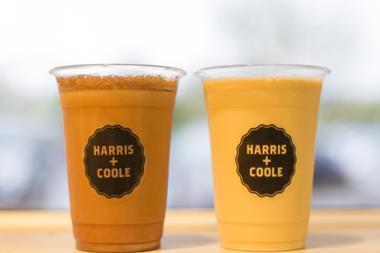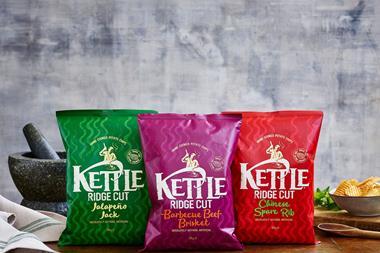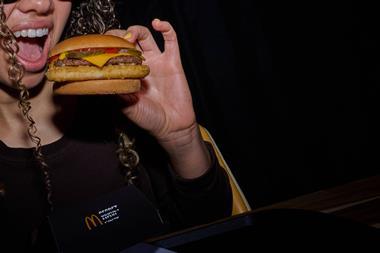A fter 17 years the dispute is over. Unilever reached an out-of-court settlement with Mars last month over exclusive use of ice cream freezers. But is the issue of exclusivity finished?
Unilever's first-quarter results statement for 2008 reveals that on 10 April the company entered into a settlement with Mars "to bring an end to all claims made by Mars concerning Unilever's distribution arrangements for the sale of impulse ice cream". The company said the settlement did not imply any admission of liability. Neither party, nor their lawyers, would comment on the settlement.
So Mars has won the day. Up and down the land Wall's-branded freezers now display Mars ice creams and even Nestlé Fabs.
But while branded freezers have been dealt with, there is still the issue of branded drinks chillers . Coca-Cola Enterprises, Britvic and GlaxoSmithKline all use them. But there is no enshrining law that all drinks manufacturers are obliged to adhere to.
The exception is Coca-Cola. The European Commission initiated proceedings against Coca-Cola in 2004 after receiving complaints alleging abuse of dominant position. Since a ruling in 2005 the company has been bound by EC Treaty competition rules, preventing it from making exclusive agreements with shops and pubs. The ruling is binding until 31 December 2010, and Coca-Cola faces a fine of up to 10% of its worldwide turnover if it breaks it.
Coca-Cola's commitments are: no more exclusivity agreements; no target or growth rebates; no use of Coca-Cola's strongest brands to sell its less popular products; and 20% of free space in coolers.
CCE is happy to go along with the ruling, at least for the time being. "CCE never seeks outlet exclusivity - retailers remain free to install equipment other than ours," says Kenny Chisholm, trade communications manager at CCE. However, when retailers do use CCE equipment, they must choose from three options. They can purchase a CCE chiller, which allows them to stock the cooler with any products. Or they can rent a unit, paying a quarterly rent and stocking 80% of the cooler with CCE products. The third option is a zero rental scheme where the retailer gets the cooler free. In exchange they must stock it exclusively with CCE products unless there is no other drink chiller in the outlet , in which case the retailer is free to stock the bottom 20% of the CCE cooler with non-CCE products.
And what of its rivals? Retailers using Britvic-branded chillers generally stock between 40% and 80% Britvic products, says Britvic sales director Andrew Richards. "Although the 2005 ruling on CCE is not binding for Britvic, we follow the policy in the interests of fair and transparent practice and customer co-operation," he says.
Branded equipment is often considered a good way of signposting a category in store, but some retailers say branded units are not even necessary. "If retailers follow a decent planogram and have soft drinks located correctly there is no need for branded chillers," says Zoe Hurford, space planning manager at Spar wholesaler Capper & Co.
"Ideally at Cappers, we wouldn't use branded kit at all, as it tends to over-index spacing to the advantage of that brand. Plus there can be under-indexing on own label, which is very important to us."
With retailers seeing less need for branded equipment and suppliers coalescing with their arch-rivals, a line can now be drawn under 17 years of legal wrangling. What happens when the ruling on Coca-Cola runs out on 1 January 2011? That will have to remain on ice, at least for the time being.



















No comments yet